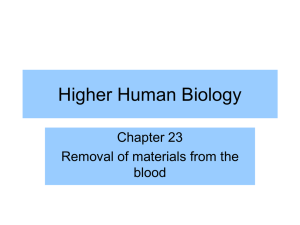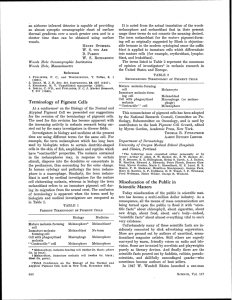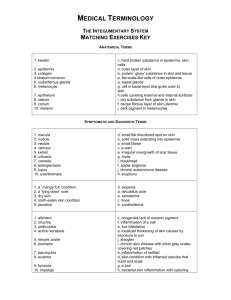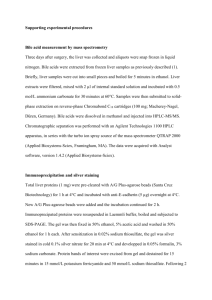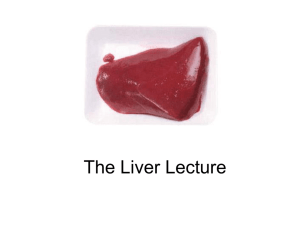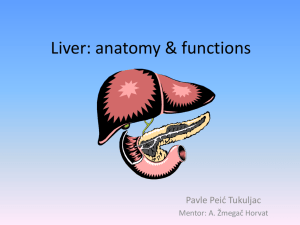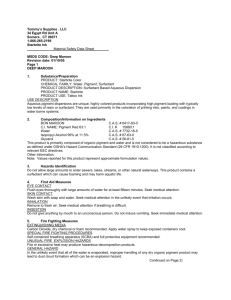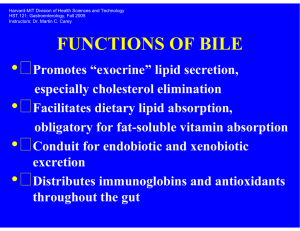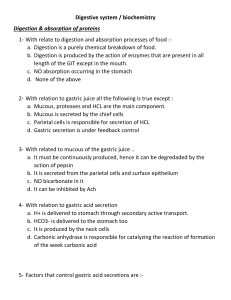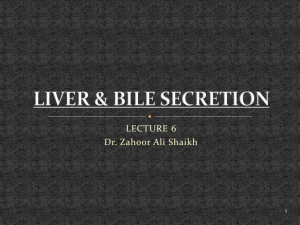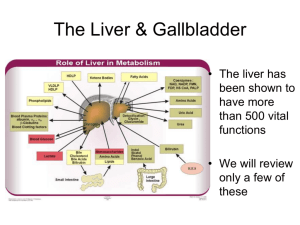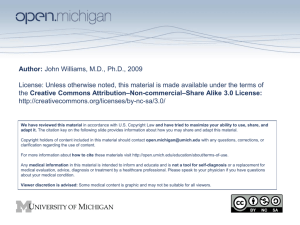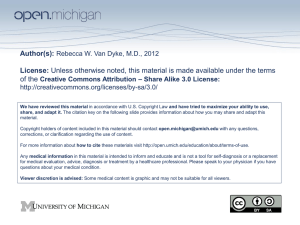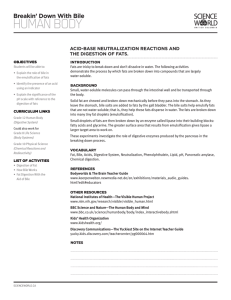Common Pigments and Minerals Pigment/Mineral Description
advertisement
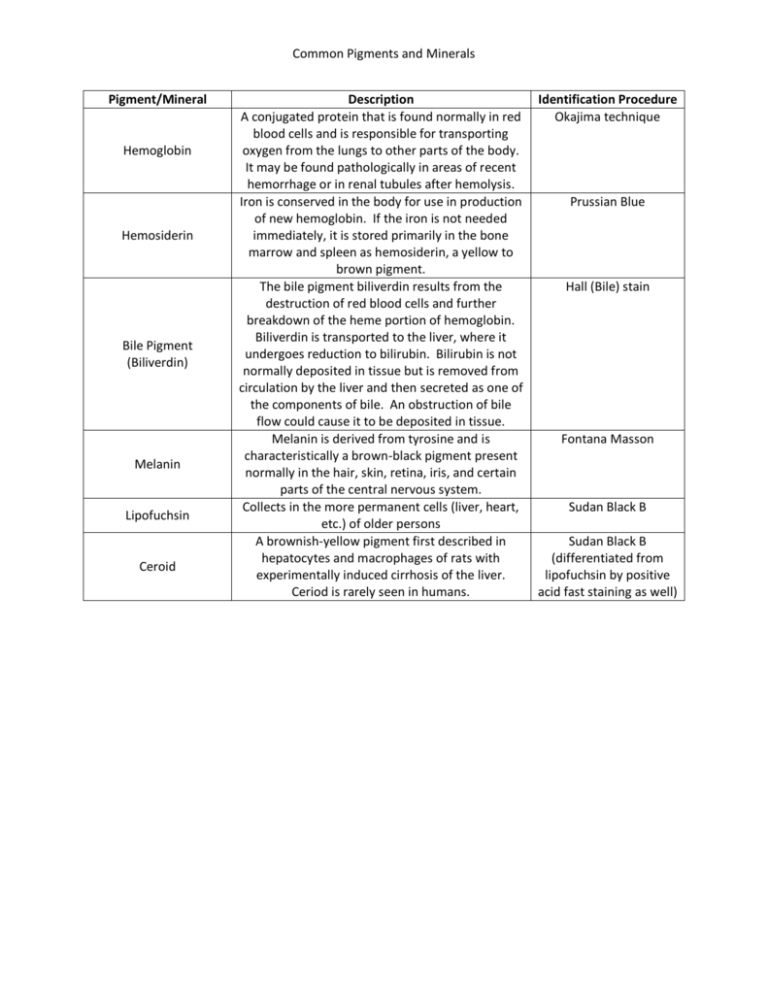
Common Pigments and Minerals Pigment/Mineral Hemoglobin Hemosiderin Bile Pigment (Biliverdin) Melanin Lipofuchsin Ceroid Description A conjugated protein that is found normally in red blood cells and is responsible for transporting oxygen from the lungs to other parts of the body. It may be found pathologically in areas of recent hemorrhage or in renal tubules after hemolysis. Iron is conserved in the body for use in production of new hemoglobin. If the iron is not needed immediately, it is stored primarily in the bone marrow and spleen as hemosiderin, a yellow to brown pigment. The bile pigment biliverdin results from the destruction of red blood cells and further breakdown of the heme portion of hemoglobin. Biliverdin is transported to the liver, where it undergoes reduction to bilirubin. Bilirubin is not normally deposited in tissue but is removed from circulation by the liver and then secreted as one of the components of bile. An obstruction of bile flow could cause it to be deposited in tissue. Melanin is derived from tyrosine and is characteristically a brown-black pigment present normally in the hair, skin, retina, iris, and certain parts of the central nervous system. Collects in the more permanent cells (liver, heart, etc.) of older persons A brownish-yellow pigment first described in hepatocytes and macrophages of rats with experimentally induced cirrhosis of the liver. Ceriod is rarely seen in humans. Identification Procedure Okajima technique Prussian Blue Hall (Bile) stain Fontana Masson Sudan Black B Sudan Black B (differentiated from lipofuchsin by positive acid fast staining as well)

